Home » Posts tagged 'globaleducation' (Page 2)
Tag Archives: globaleducation
Nearpod – The Future of Technology in the Classroom?

Nearpod is one of the leading websites in creating interactive classroom experiences. The website has a wide library of over 22,000 pre-made videos, lessons, and activities from numerous educational publishers. Nearpod also lets teachers create their own lessons, with the ability to upload videos, PDFs, and slideshows to implement into virtual or augmented reality. These lessons are customizable, with over twenty different formats for assessments and media experiences.
Nearpod’s wide array of lessons, and ability to create one’s own lessons, allows for a near endless pool of opportunities for global collaboration and exploration. For example, in this featured lesson plan students are able to take a virtual reality trip to Hong Kong to explore the celebration of Lunar New Year and the traditions behind it, which also features an extensive lesson on the holiday as well as its impacts on culture in the United States. Thus, through lessons like these, students are able to immerse themselves into cultures and regions all across the world, and thus increase global collaboration through mutual understanding and learning about, and through, each other.
Overall, nearpod’s structure is very conducive to enhanced, or even transformative student learning, and allows for increased immersion into other cultures and places across the world, all without having to leave the classroom. The potential impacts a program like this may be the future of increasing global collaboration and learning in the classroom, even from an early age.
Resources:
https://nearpod.com/how-nearpod-works
https://nearpod.com/nearpod-library
https://nearpod.com/t/social-studies/3rd/an-introduction-to-lunar-new-year-35-L109601499
The WE Are Innovators Campaign

After visiting the WE Virtual Learning Center, I researched resources and different topics for the classroom. I found this great campaign that will benefit many students as well as people around the world. Many topics are brought to the spotlight in this lesson, and I thought that was a good approach to teaching students about the problems other countries and people face in this world that aren’t talked about enough.
WE Virtual Learning Center has created a campaign called the WE Are Innovators Campaign which will teach students about real-world issues and other countries that are struggling. Not only will the students learn about those issues, but they will learn how to help and make a positive difference in the world.

This screenshot above is the opening page but also does a great way of explaining what the campaign is and what it’s made for. This campaign is made for grades 4-12 and within every age group, there is a lesson plan adapted to their grade and learning levels. There are different activities that are made for every age group.

This lesson plan has different topics to teach students how to be innovative, some of those topics are:
- Inclusive and Sustainable Innovation
- Energy and Housing
- Food Waste
- Transportation Solutions
- Circular Economy and Nature
These are very prominent topics for students to learn about so they will have the opportunity to make a difference and educate others so they can make a difference too.
WE Virtual Learning Center provides many different resources for educators to teach their students about everyday issues. Many different topics can be found on their website, and all of them will be beneficial for students to learn about. Some day I would like to teach my students about these global issues just like WE learning has presented because I think it is very important for students to learn about what is going on in the world.
Thank you for reading!
Teaching Mental Well-Being In the Classroom

Education is not just about filling minds with facts and figures; it is about shaping individuals. When teachers focus on student well-being, they recognize the human element of education. It is about nurturing academic excellence, emotional intelligence, resilience, and overall mental health. After all, a healthy mind is a thriving mind.
WE Teachers
WE Teachers is a platform initiative designed by the WE organization. WE teachers specifically focus on providing educators with resources, tools, and support. The program empowers teachers to incorporate social and emotional service learning into their classrooms.
In addition, WE Teachers provides free resources, professional development opportunities, and a community for educators to connect and share ideas. The goal is to equip teachers with the tools to inspire their students to become active, compassionate, and engaged citizens. The program emphasizes the importance of academic and social development, fostering a sense of social responsibility among students.

Breaking the Stigma
WE Teachers has added a module where teachers can get ideas to teach about student well-being in the classrooms. Teaching student well-being helps break the stigma surrounding mental health. By incorporating discussions about emotions, stress management, and seeking help when needed, teachers and educators foster a culture where it’s okay not to be okay. This openness reduces the fear of judgment, encouraging students to reach out for support when needed.
WE Teachers Mental Well-Being Module
Teachers and educators can use this module to incorporate student well-being in the classroom. The module shows you how to understand the issue with facts, statistics, definitions, and protective and risk factors. In addition, it discusses the common mental health challenges and conditions that students can encounter in school, like stress, grief, loneliness and isolation, self-harm, body issues, etc. The module can be beneficial for teachers and educators to use in the classroom because it brings social-emotional learning, where to get help for students, self-care tips and tools, and worksheets to use for activities to make sure how the students are feeling.
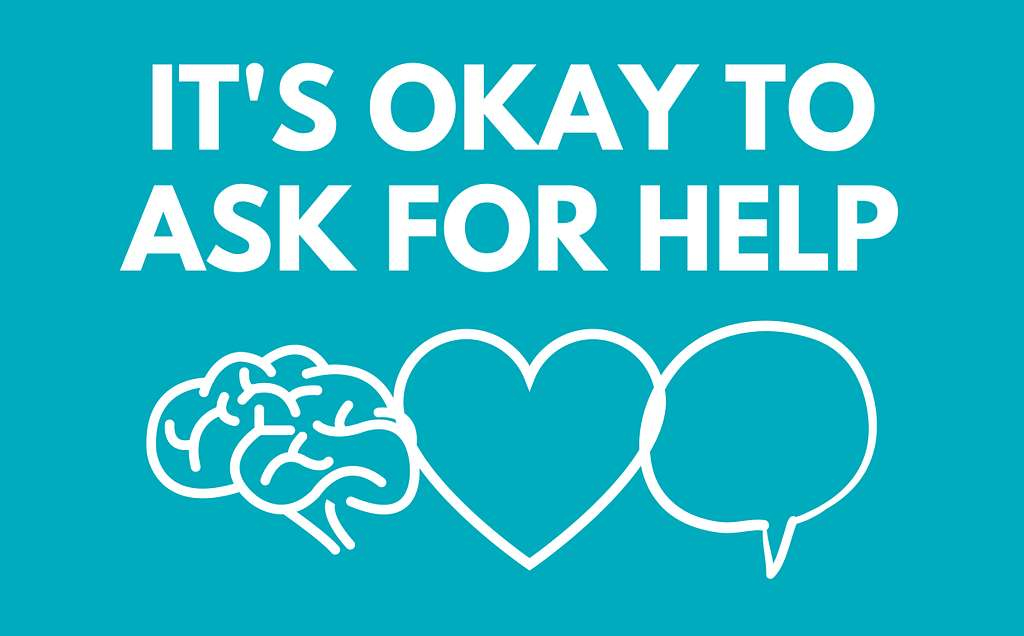
Building Resilience
Teachers and educators need to do mental health checks on their students to make sure they are doing okay. You are fostering resilience by equipping them with tools to navigate how they feel emotionally. Resilient individuals bounce back from difficulties, learn from experiences, and confidently face the future.
Creating a Positive Learning Environment
Imagine entering a classroom where you feel valued, supported, and safe expressing yourself. That is the power of a positive learning environment, starting with prioritizing well-being. When students feel mentally and emotionally secure, they are more likely to engage in learning, ask questions, participate, and collaborate with their peers. In addition, when students feel safe, it can boost their academic performance. They can concentrate better, retain information effectively, and perform well in exams.
How Would I Incorporate Teaching Student Well-Being In My Classroom?
Talking about mental health in the classroom is a valuable and important subject. Some tips to approach the topic with sensitivity and effectiveness that I would use in my classroom include:
- Creating a Safe Space: I would establish that my classroom is a safe and judgment-free zone. Everyone can share their thoughts and feelings if they are willing to.
- Choosing the Right Time: I would introduce the topic during a calm and open discussion time. It is crucial to avoid addressing it right before a test or in a rushed setting.
- Normalizing the Conversation: I would incorporate discussions about mental health as a regular part of my classroom because it helps reduce stigma and make it a more comfortable topic.
- Use Resources and Encourage Questions: I would discuss different resources like articles and videos that provide expert insights on mental health as they add credibility and diversity to the conversation. I would also let my students know it is okay to ask questions.
- Offer Support: I want to clarify to my students that I am here to support them. I would provide information about available resources, such as school counselors or myself, and emphasize the importance of seeking help when needed.
Conclusion
Teaching student well-being is an investment in the present and future of students in a classroom. By putting their mental and emotional health first, teachers and educators are not just shaping successful individuals academically but resilient, empathetic, and well-equipped individuals ready to tackle the complexities of life. It is essential to teach about mental health because it is part of our everyday lives. With WE Teachers’ resources, we can talk about mental health with students and tell them it is okay not to feel okay. After all, it is not just about the grade; it is about the journey and how there is always a light at the end of the tunnel.
Make sure to follow my Twitter (X) account: @taliana_ayala
Innovative Tools to Make Learning Better
In this blog post I am going to be overlooking seven tools that could be useful in the classroom. The first tool that I am going to be discussing is called Google Classroom. With this tool, teachers are able to start video meetings, create classrooms where they can upload and grade assignments, post announcements, etc. Everything that teachers do in an everyday classroom, they are now able to do virtually from anywhere with the help of Google Classroom. Students are able to check assignments and they due dates as well as any feedback from their teacher. Overall, it takes all the most important elements of a classroom and makes it virtual, making it more organized and accessible to students.

The next tool that I will be discussing is called Google Docs. This is an application built into Google where you can create documents. This tool itself also has features built into it to make it easier to use. It comes with templates so you can just edit your information into an already built format. Its other features include typing with your voice, grammar check, keyboard shortcuts, using a braille display, customization, etc. It allows users to make any document their own and have features to accommodate everyone, optimizing how many educators are able to use it in their classrooms.
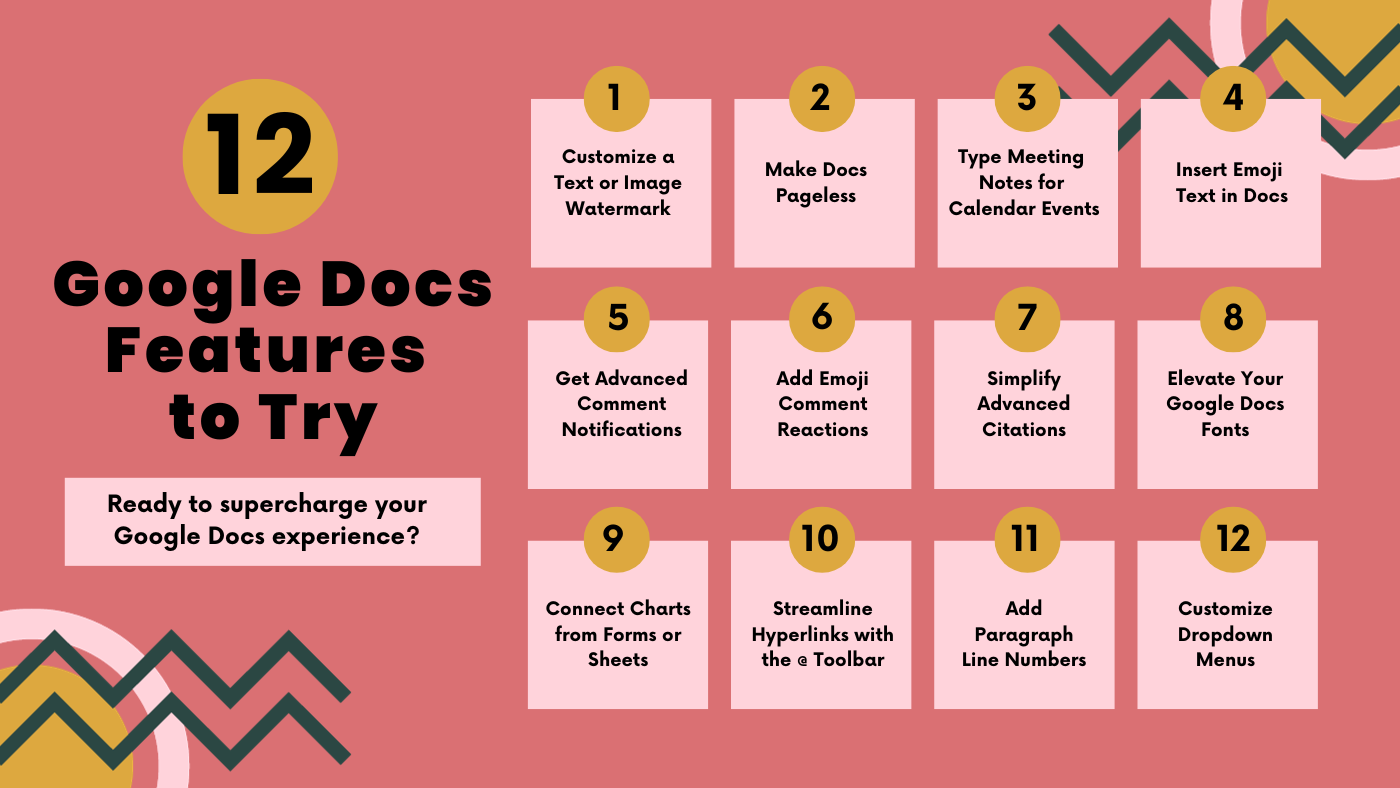
The third tool I will be reviewing is called VoiceOver. This tool was designed to make learning and reading easier for blind students. It can also be used to help students who learn better audibly rather than visually by reading. When using this tool, you are able to select the level of speech you prefer including speech, braille, text, announcements, and hints, all ranging from low, medium, and high. You will be able to choose the verbosity (how wordy you would like the voice over to be). In addition, you are able to select from two female voices and two male voices, as well as a customizable voice, truly accommodating everyone. Another feature called navigation allows you to use this voice over feature across the web and for any website of your choosing.

The next tool is National Geographic Kids. This tool provides games and multimedia to engage students in learning about animals, habitats, countries, and cultures. Students can explore this website and research different topics through magazines and other forms of media. There are also closed captions to make the resources more accessible to all students.
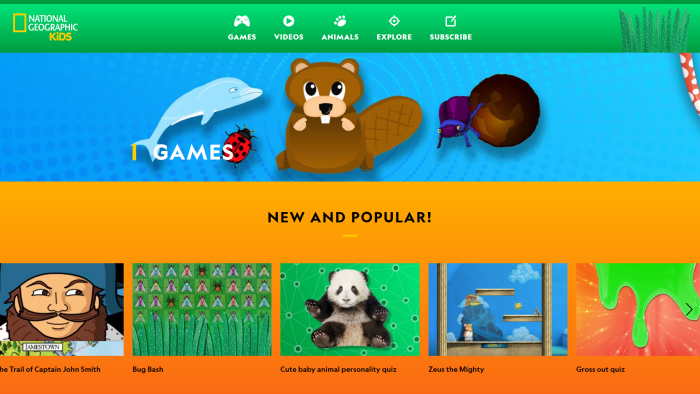
Another tool educators can use to make learning better is EdClub. This is a learning tool for students to learn typing, vocabulary, and spelling. It combines learning with games, which could engage more students as many of them would prefer learning through games rather than through worksheets and other typical learning techniques. Teachers are able to create customizable lessons through this application to create a lesson that best suits their classroom.
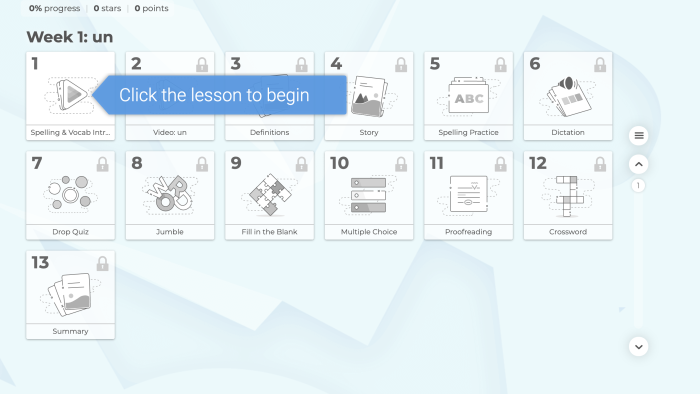
Google Meet is another great tool to incorporate technology into classrooms. With this application, teachers can host virtual meetings and teach through that. This was a big application used during COVID. Teachers can even screen share, put students into break out rooms for group assignments, students can share comments, etc. Educators can also use this to create a google meet with any special guest they want to talk to their class.

Pear Deck is an interactive slide show that presents students with information and asks them questions along the lesson to make sure that students are paying attention and understand the material given. Teachers can customize lessons with this as well as customizable learning checks. Educators can also upload their existing lessons and combine it with the tools in pear deck.

The last useful tool you can incorporate into your classroom is called Google Calendar. With this you can schedule when assignments are due and have it remind your students. You can also color code different reminders so you can better organize what needs to be done. This can be used with google classroom to send out reminders to your students as to when assignments are due and special events you want them to remember.

7 Accessibility Tools
In this article, I will be introducing you to 7 different accessibility tools that can be very beneficial for students. Accessibility tools are utilized by students who may have a disability or learning disability, and they are tools to make their learning experiences easier. Not only are they designed to help those individuals with a disability, but they are also available for anyone to use. Because they are accessible to anyone, they are very helpful and can be beneficial in so many ways.
Jaws Screen Reader

Jaws screen reader is a great tool that was created for computer users with vision loss. Not only does this software provide screen reading, but it also provides braille for those who cannot read the screen at all. Jaws allows users who cannot see to use the internet and use technology just like anyone else. It provides different features to help them navigate the web, send emails, write documents, and create presentations.
ZoomText

ZoomText is another great software for those who have vision problems. Reading screens all day can take a toll on your eyes and some people have bad vision already. ZoomText allows computer users to magnify the words on the screen. This tool can be very helpful for people who cannot see closely or cannot see small items on the screen.
Select and Speak – Text to Speech (now known as iSpeech)

iSpeech is another great tool for students, and this one can be for people who may speak a different language. This program provides many different languages to choose from for translating. It also has the option to playback slow, regular, or fast for the user’s preference speed. This tool can also be used for translating certain words for assignments but mostly helps individuals who speak different languages.
Google Docs: Type With Your Voice

Google Docs provides a speech-to-text tool that can be very helpful for impaired users. Speech-to-text can be beneficial for users who cannot get their thoughts from their heads onto paper when typing or writing. The user will be able to speak into their device’s microphone and tweak any mistakes it comes up with. Usually, grammar and punctuation might need tweaking, but you can also speak the punctuation as well.
Read&Write

Read&Write is an extension of Google Chrome that can assist students with their reading and writing. This program can be great for students with disabilities as well as students who need extra help with an essay. Read&Write provides many features some of them being, text-to-speech, easy read-along, text and picture dictionaries, and many more features. This program can be beneficial for many students who need help with reading and understanding certain content.
QuickVoice Recorder

QuickVoice Recorder is a great tool for students who have trouble taking notes in class. This application allows the user to record memos of class lectures, notes, meetings, and much more so they are able to come back to it later. This is a great tool for students who also have trouble paying attention, and having access to the recording of a lecture can be beneficial for them.
Mindly

Mindly is an application which is for mind mapping, created to keep the user organized. This program lets the user create diagrams based off of how they’re thinking to keep themselves organized. Mindly is a great application for students who have trouble keeping their thoughts and work organized, and this app gives them a place to organize things how it works for them.
All of these tools are very helpful and beneficial for students and technology users with disabilities, or who need extra help. Each tool has different features that can help the user adapt to using technology more easily.
Thank you for reading!
Hyperdocs: Click and Read

There are many ways Hyperdocs can be incorporated into a teacher’s lesson, but when you see an underlined blue text, you are most likely supposed to click on it. Hyperdocs are interactive applications, links, or sharing resources for students to use to navigate the internet easier. A link or Hyperdoc is an easier way for students to learn and surf the internet safely. They are specific links that lead the students to exactly what they need to be looking at, and clicking and reading makes learning easier.
Below is a video about what Hyperdocs are and how they can be utilized in education. In this video, there are also details about what a Hyperdoc can be, and they mention that it can be many things.
Hyperdocs are very popular for teachers to use in a lesson or PowerPoint and it is a very convenient way for students to be on the right track with their individual learning. It is an effective way of making sure the students are engaged in the lesson and students are also able to work on their own. It is important that teachers provide students with a lot of resources and Hyperdocs can be a great way to share resources with the students.
Thank you for reading!
Visiting the 9/11 Tribute Museum Virtually

September 11, 2001, was a day that impacted millions of individuals in America. This was the day that thousands of innocent lives were lost and injured. Many families suffered from this terrorist attack and lost their loved ones. Although I was born after this event occurred, I was taught about the importance of it every year in school. Learning about this heart-wrenching attack on thousands of innocent people is something so difficult to learn about, but it is necessary.
This Virtual Museum provides all of the information about 9/11 for educational purposes. This virtual museum also includes lesson plans for educators to use to incorporate this topic into their lessons. There are many creative projects that are dedicated to this event. Some of them are a Survivor Tree, Poetry, and Newspaper Headline Poetry. The Virtual Museum also provides video links to learn more. There are links leading to “Understanding Personal Stories,” “Placing 9/11 In A Global Context,” and “Exploring 9/11 in Creative Arts.”
A very important part of this Virtual Museum was the acknowledgment of the innocent lives lost and families affected. There are many stories linked on this website. Another important point was about Jennifer Suri, an Assistant Principal who is a Muslim emphasizing the fact that the terrorist attacks do not relate to Islam.
Learning about September 11, 2001, can be very tough and upsetting but they teach the importance of the event and the awareness of it. Millions of people have been impacted by this event and it is something everyone should learn about and empathize with.
Thank you for reading. Follow my X (Twitter) account to keep updated on more blogs @sofiatorrie11
Communicating using Mircosoft Translator
A free translation app

Microsoft created a cloud-based machine translation service. It enables users to translate text and voice between different languages. This service may be accessed through various platforms and technologies, including web-based tools, mobile apps, and interaction with other Microsoft products.
What can it do?
- Translation of Text Users may enter content in one language and obtain a translation in another because of its ability to translate between more than 60 languages.
- Microsoft Translator can translate the spoken language. The program offers text and voice translations in the appropriate language, and users may speak or enter text.
- With the help of Microsoft Translator’s offline translation feature, users can translate documents even when their internet connection is not active.
- Users may access translation services while on the move, thanks to mobile applications for iOS and Android smartphones.
- Users of these platforms may use Microsoft Translator easily since it is connected with a number of Microsoft services and products, including the Microsoft Office program, Skype, and Azure.
Along with many other special features that can help our world understand each other, help children and students get educated, and more.
Quotes
Sail the 7C’s
This allows everybody to make connections, and the school invites them in and shows them that they are part of the district! They are all able to make connections to each other and collaborate without a language barrier. This is so important because you can share ideas and thoughts and also get new perspectives about things.

Gianna Taylor
Microsoft Forms: An Easier Way to Recieve Feedback

Microsoft 365
Microsoft 365 is one of the most popular programs to use for so many different reasons. Microsoft offers an abundance of different applications to use for school or regular daily tasks. I’ve been using Microsoft 365 for as long as I’ve been in school and using computers. They offer so many great programs for everyone, but students and teachers are what we’re here to discuss today! I’m here to tell you why Microsoft Forms is a great resource.
Microsoft Forms
Microsoft Forms is an appreciable resource for receiving feedback, giving tests or quizzes, and new ideas from those answering the form. Microsoft Forms is super simple to use, allowing anyone to answer open-ended or multiple-choice questions.
- Collect data
- Learn
- Use polls
- Add videos to the questions
- Quick feedback
- Grade tests/quizzes quickly
Above, I listed some features that come with using Microsoft Forms. It is super easy to navigate and with some quick learning, you can also use all of these features. Not only does Microsoft Forms collect data, but it can be easily synced to other Microsoft programs. For example, after collecting data from a form, you can sync those results into Microsoft Excel. It is appealing to see online programs be able to work together to make the user’s life a little bit easier.
Classroom Usage
For a teacher to see all of these features, it seems like it would be very considerable when trying to find a program to use for class. As stated previously, Microsoft Forms offers many different features that can help teachers all over the world benefit from. From making grading easier to being able to see quick and immediate results, it is a no-brainer to use! As a student who has used it before, and still uses it, I can confirm that is it a very easy resource to use.
Conclusion
Microsoft Forms is a convenient and accessible program for people all over the world. It can be used for so many different reasons, but in this case, it can be a great resource for teachers and students to learn.
Thanks for reading!
Be sure to follow my Twitter (X) to keep up with more of my blogs! @SofiaTorrie11
Elevate Your Presentation Game with Microsoft Presenter Coach
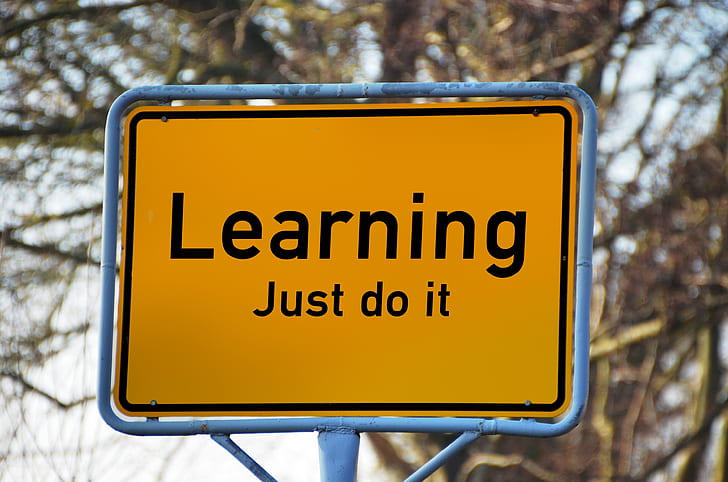
Public speaking, whether in a classroom, boardroom, or conference, is a skill that can be a game-changer in your personal and professional life. It’s not just about what you say but also how you say it. To help you become a more confident and effective presenter, Microsoft has introduced an impressive feature called Presenter Coach. In this blog, we’ll explore what Presenter Coach is, how it works, and the benefits it brings to your presentation skills.
What is Presenter Coach?
Presenter Coach is a unique AI-driven feature within Microsoft’s PowerPoint. It’s designed to help individuals enhance their presentation delivery by providing real-time feedback and suggestions. With Presenter Coach, you can practice your presentation skills, refine your delivery, and gain insights into how you can improve your public speaking abilities.
How Does Presenter Coach Work?
Using Presenter Coach is simple and intuitive. Start by creating your presentation in PowerPoint as you normally would. When you’re ready to practice, simply click on the “Rehearse with Coach” button. As you practice your presentation, Presenter Coach listens to your speech and offers real-time feedback on various aspects of your delivery. It assesses your pacing, pitch, and use of filler words such as “um” and “uh.”
After your practice session, Presenter Coach provides a detailed report that summarizes your performance. It highlights areas where you excelled and areas that need improvement. Presenter Coach not only identifies issues but also offers suggestions on how to enhance your delivery. It provides recommendations on reducing filler words, using more inclusive language, and improving your pace for a more engaging presentation. It also checks for inclusivity by flagging any potentially offensive language, ensuring that your presentation is respectful and accessible to a wide range of audiences.
Benefits of Using Presenter Coach
Using Presenter Coach provides several advantages. First, it enhances your confidence by allowing you to practice and receive real-time feedback. Second, it helps you improve your delivery, making you a more effective communicator. It’s also a time-efficient way to refine your presentation skills. Additionally, it encourages inclusivity and respect in your presentations, which is essential in our diverse world. Finally, Presenter Coach fosters a culture of continuous learning, making it a valuable tool for both beginners and experienced presenters.
(Grammar Checked by GPT4 & Grammarly)
